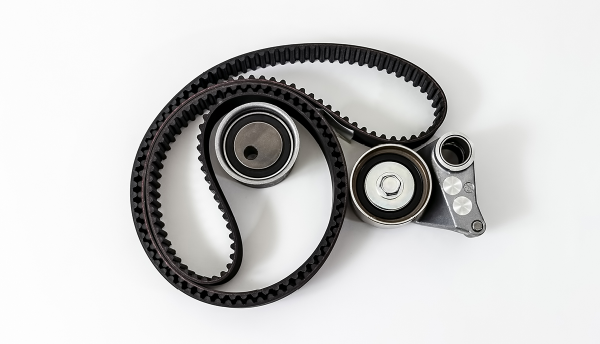
With growing focus on standardisation, Toyota is reducing the number of variants of a component it uses across its various models, according to a report by Bloomberg. For example, the Japanese automaker believes that 10 variants of knee airbags will suffice for its various models to protect drivers’ knees, 80% less compared with the 50 at present.
Earlier, Toyota focused on developing custom parts. This required 50 types of knee airbags since seats for various models had different profiles. However, by standardising what the automaker says ‘hip heights’ across the models, it can cut knee airbags variant as much as by 80%.
The growing focus on the use of common component is visible in other products as well. Toyota has reduced variants of radiators across its models from 100 to 21. The Japanese automaker is also reducing the number of cylinder sizes in its engines to six by 2016 from 18 at present.
Significance: In March 2012 Toyota announced a new development framework called Toyota New Global Architecture (TGNA). The new framework promises to save costs by 30% by promoting the use of shared components and reduce development times. TGNA will revolve around developing multiple models simultaneously to boost the number of common parts. Vehicles with the new platforms are expected to start hitting the market over the 2014-15 period.
Global suppliers such as Johnson Controls, Bosch, Continental, TRW as well as Denso, a major supplier to Toyota, believe that the automaker’s new development strategy will help them win more contracts, currently held by the small Japanese suppliers. These international suppliers are investing in new facilities in Japan keeping in mind opportunities that Toyota’s new strategy offers. For example, the US-based Johnson Controls is investing JPY3.5bn (USD35m) in a testing centre in Yokohama. Another major supplier Continental, who aims to almost double sales from Asia to 30% by 2015, is planning to hire 100 workers in Japan, bringing the total number of employee in the country to over 1,000.
Toyota is believed to be shifting its focus on using common components to deal with supply chain issues that it, along with other Japanese automakers, faced following the devastating earthquake and tsunami in March 2012. The twin disaster caused production suspensions at the company’s assembly plants in both Japan and overseas markets. Toyota’s move to standard products will also enable the company to deal with recall-related issues better. In 2009 and 2010, the Japanese automaker was forced to recall several million vehicles to deal with unintended accelerations. The company can monitor such issues more effectively if lower variants of components and fewer suppliers are involved.








